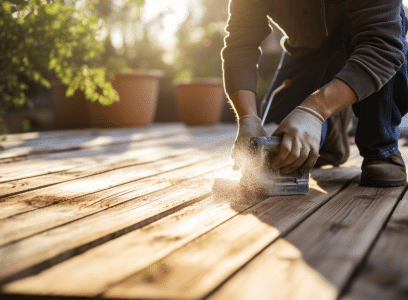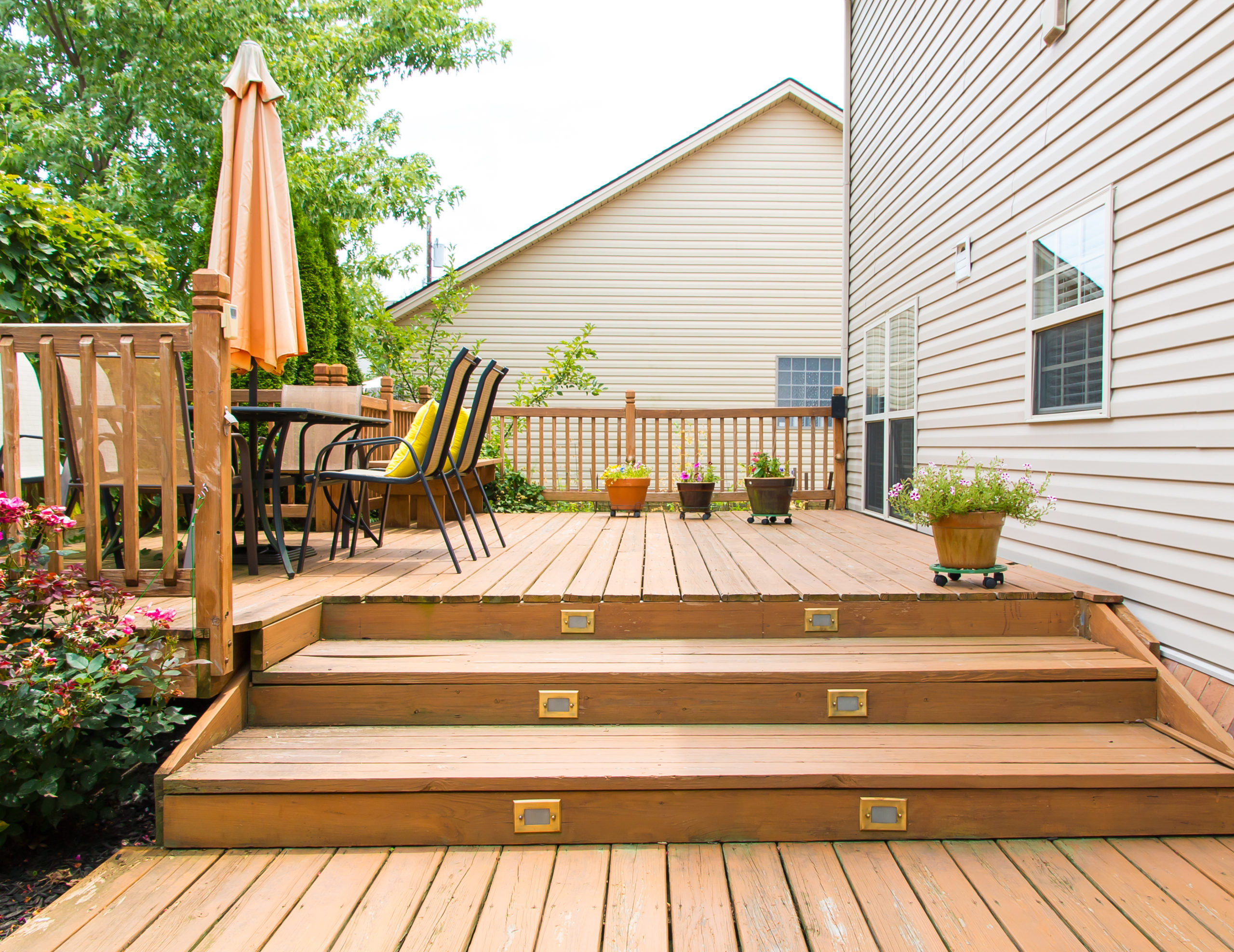Deck Cleaning Nashville: Change Your Outside Living Area
Deck Cleaning Nashville: Change Your Outside Living Area
Blog Article
Deck Discoloration 101: Every Little Thing You Need to Know for a DIY Task
From preparing the deck surface area to selecting the appropriate type of stain and understanding the application strategies, each step plays a vital role in attaining an expert finish. Join us as we unwind the important standards and insider suggestions for understanding the art of deck discoloration, ensuring a successful DIY job that will leave your deck looking impeccable.
Importance of Deck Discoloration
Deck staining is an important upkeep job that maintains the durability and look of outdoor wood structures. By using a coat of discolor to the deck's surface area, you develop a safety obstacle that helps stop wetness penetration, UV damages, and deteriorating of the wood.
It offers a chance to personalize the appearance of the deck by choosing from a variety of discolor shades and surfaces. In essence, regular deck staining is a simple yet effective way to ensure your deck stays structurally sound and aesthetically pleasing for years to come.
Deck Prep Work Tips

After cleansing and fixing, sanding the deck is essential to smooth out rough surface areas and open up the wood's pores to much better absorb the discolor. As soon as the deck is clean, completely dry, and smooth, protect any kind of nearby plants, furniture, or surface areas with a drop towel before applying the deck tarnish.
Selecting the Right Discoloration
Choosing the appropriate discolor for your deck is a vital decision that straight impacts both its appearance and resilience. When selecting the best discolor, there are numerous aspects to take into consideration to ensure an effective do it yourself job.
First of all, you need to determine between clear, semi-transparent, and solid discolorations. Transparent discolorations enable the natural grain of the timber to show via however offer marginal security versus UV rays and wetness. Semi-transparent stains give a compromise between shade and protection, while strong discolorations provide the most defense however cover the timber grain.
Following, think about the sort of wood your deck is made of, as various discolorations function much better with specific timber species. For cedar, redwood and example decks usually look finest with a semi-transparent or clear discolor to highlight their all-natural charm. Pressure-treated wood may profit from a strong tarnish to conceal blemishes.
Finally, consider the environment in your area. Decide dig this for a tarnish with UV protection and resistance to severe climate problems if you experience harsh wintertimes or intense sunlight. By thoroughly thinking about these aspects, you can select a discolor that improves your deck's aesthetics and durability.

Applying Discoloration Properly
When thinking about the application of tarnish to your deck, it is vital to pay very close attention to the particular features of the tarnish chosen and exactly how it engages with the sort of timber and environmental conditions formerly mulled over. Prior to beginning the staining process, make sure that the deck surface is clean, completely dry, and cost-free of any previous coatings or debris. It is advised to check the chosen tarnish on a tiny unnoticeable area of the deck to make certain compatibility and achieve the wanted color and coating.
Use the tarnish along the size of the deck boards to stop irregular pooling - fence staining near me. It is crucial to work with the timber grain to boost the all-natural charm of the deck and enable for better infiltration of the tarnish.
Upkeep and Treatment Tips

Another crucial facet of deck maintenance is safeguarding it from the aspects. On a regular basis trimming close-by vegetation can likewise protect against fallen leaves and branches from building up on your deck and creating prospective damage.
Conclusion
Finally, deck staining is a crucial step in preserving the appearance and longevity of your exterior room. By effectively preparing the deck, picking the right stain, using it properly, and complying with maintenance tips, you can make certain a gorgeous and durable surface that will last for years ahead. Keep in mind to consistently care and examine for your stained deck to maintain it looking its finest.
Join us as we decipher the essential guidelines and insider pointers for understanding the art of deck discoloration, ensuring a successful DIY job that will certainly leave your deck looking flawless. - deck cleaning near me
In essence, routine deck discoloration is a simple yet reliable means to guarantee your deck stays structurally sound and visually pleasing for years to come.
Once the deck is tidy, completely dry, and smooth, secure any neighboring plants, furniture, or surface areas with a decrease towel before Learn More using the deck discolor.Following, think about the kind of wood your deck is railway fencing contractors made of, as various stains function better with particular wood varieties.When thinking about the application of tarnish to your deck, it is vital to pay close focus to the certain qualities of the tarnish chosen and just how it interacts with the kind of timber and ecological conditions formerly deliberated.
Report this page